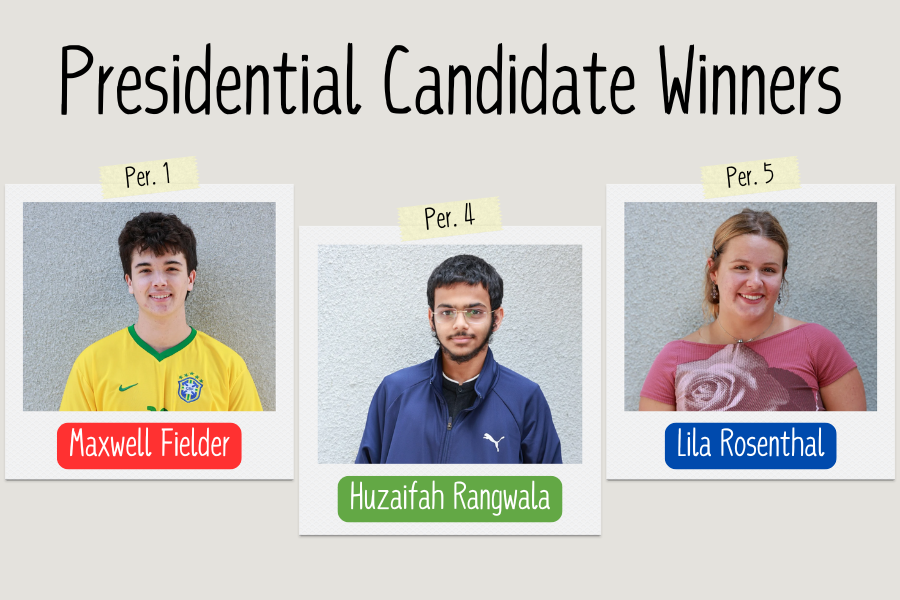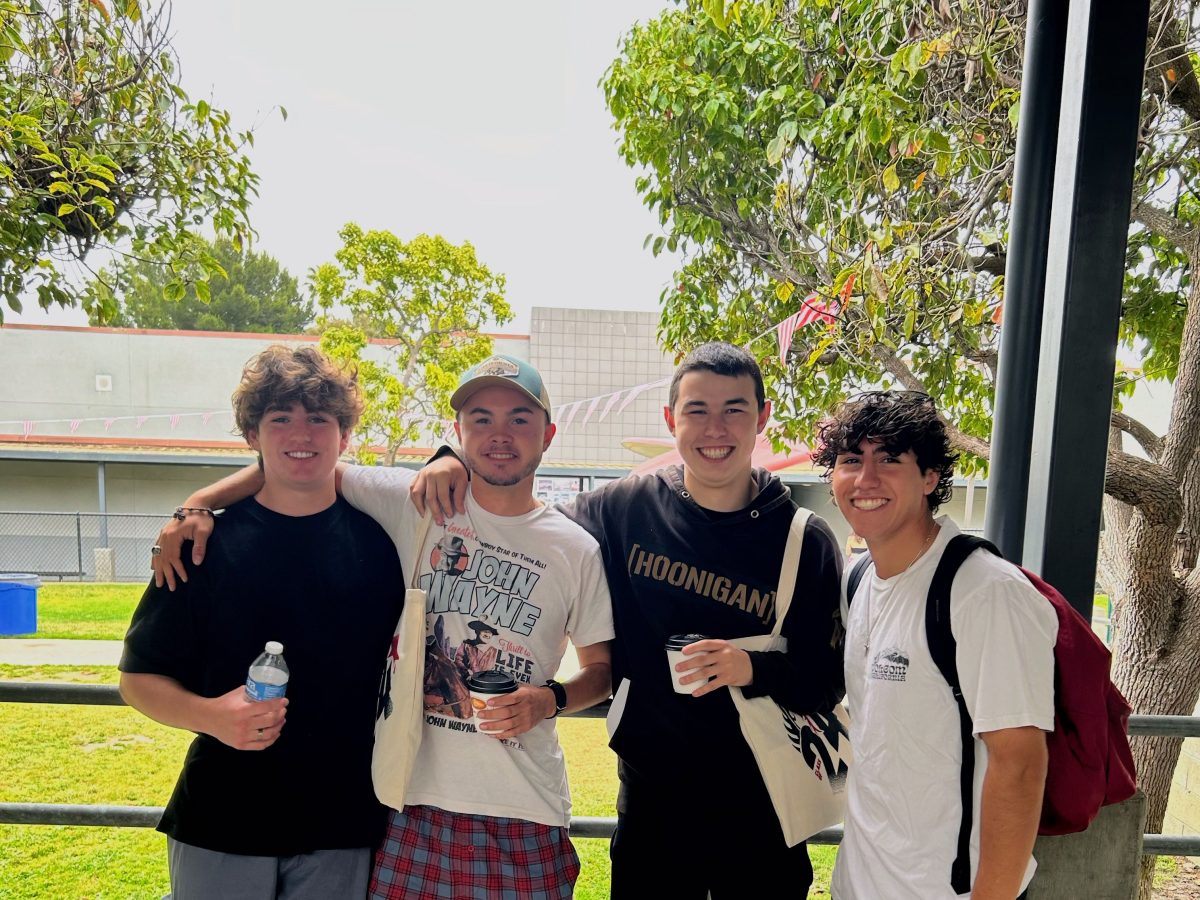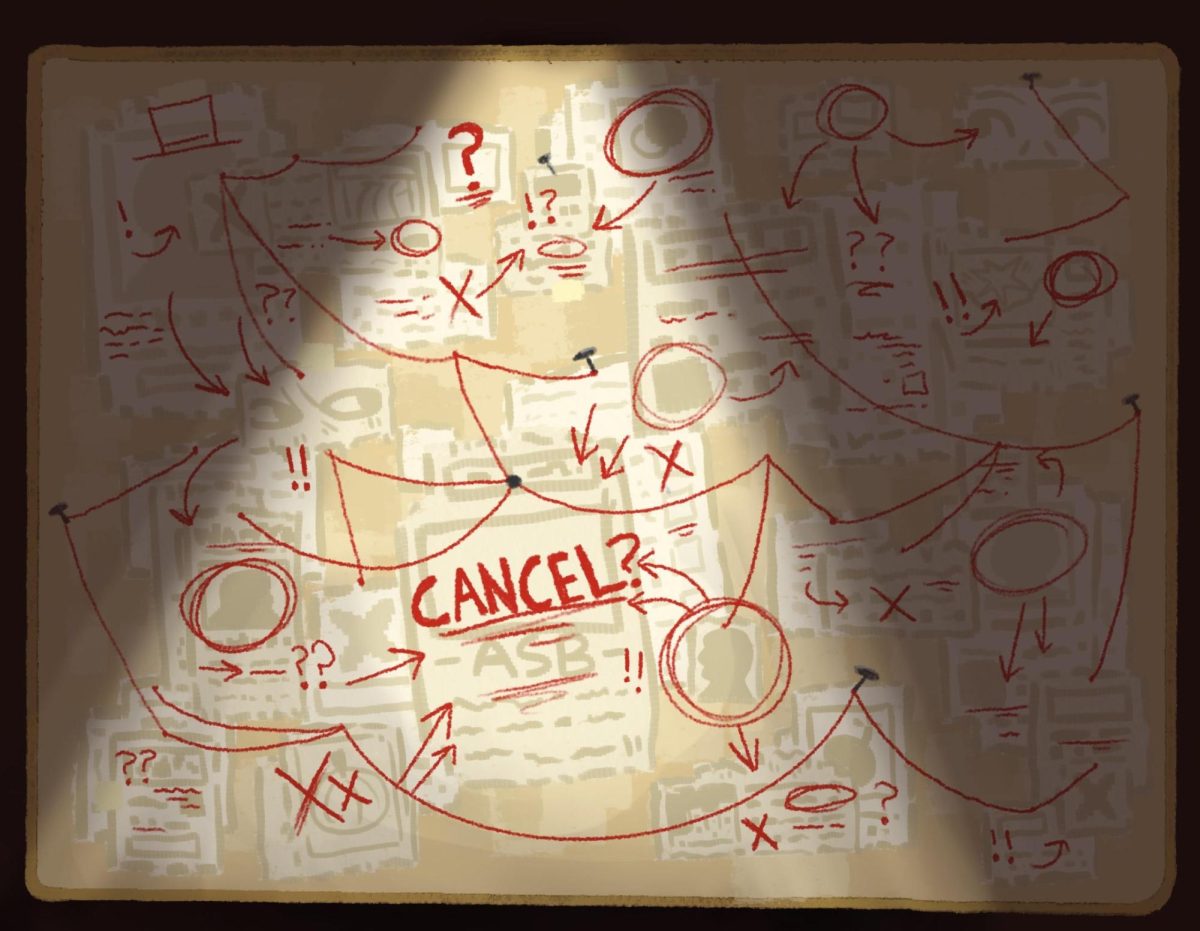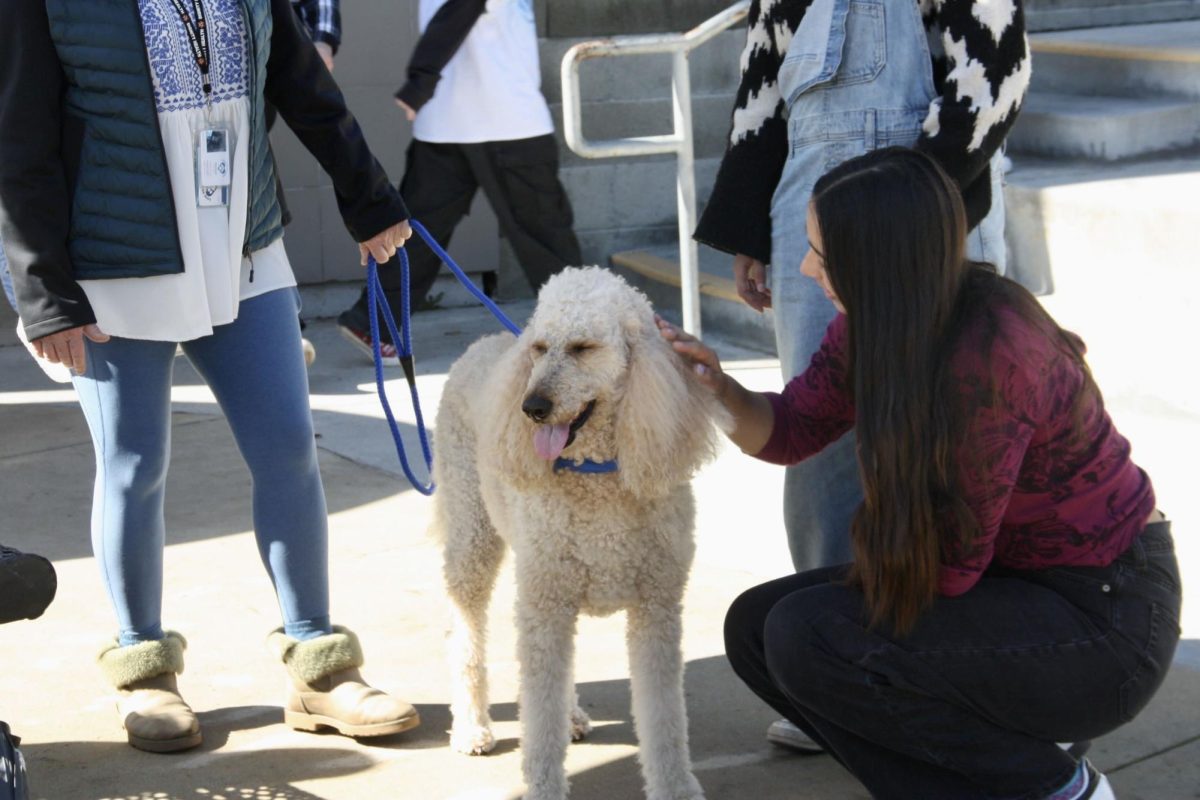From Bioscience to D-Tech, STEM education is a large component of Foothill’s campus. This Tuesday and Thursday, sophomores took the California State Science Test (CSST) for the first time, a test prepping them for next year’s SBAC test.
The test featured questions from four subjects: biology, chemistry, physics and earth science. The test itself had no impact on a student’s GPA, but is part of the new science curriculum which started this year.
According to chemistry teacher Emily Hunt, the test was “administered as a pilot test to help educators” with the expectations of the next generation science standards.
[soundcloud url=”https://api.soundcloud.com/tracks/319970189″ params=”color=ff0000&auto_play=false&hide_related=false&show_comments=true&show_user=true&show_reposts=false” width=”100%” height=”166″ iframe=”true” /]
Earth science isn’t taught as a class at Foothill, so now concepts from earth science are now integrated into the curriculums of biology and chemistry classes.
Not only is earth science being integrated into Foothill’s science curriculum, but also the science pathway for students. Students will be enrolled in biology as freshmen, chemistry in sophomore year, juniors will be taking conceptual, college prep or AP physics and seniors will have the option of taking physiology. This will apply to all students except for those in Bioscience, who will take physiology junior year and physics senior year.
[soundcloud url=”https://api.soundcloud.com/tracks/319970278″ params=”color=ff0000&auto_play=false&hide_related=false&show_comments=true&show_user=true&show_reposts=false” width=”100%” height=”166″ iframe=”true” /]
Students had mixed feelings about the test, many feeling that they were underprepared for it, since most sophomores haven’t had any experience with physics. When sophomores like Raine Hagerty ’19 were trying to answer these problems they found them “quite difficult to fathom.” As a result, students like Siena Finn ’19 felt that they had a “50-50” chance of doing well on the test.







